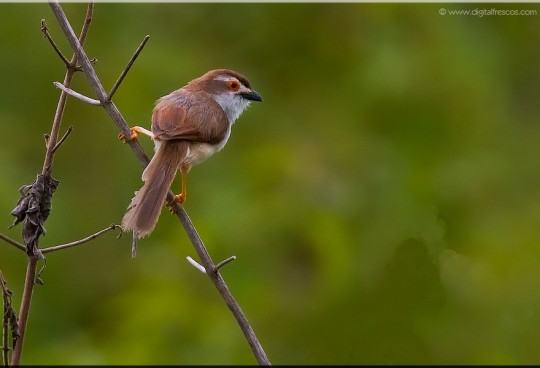The jaguar Panthera onca is the largest cat in the Americas and the third-largest in the world (after the lion and tiger). Its head-body length can reach around 240cm, and its shoulder height up to 75cm. Today, the jaguar is found in South and Central America, from Mexico to northern Argentina. The species’ range formerly spread over the US border into the southern states of America, but had become wiped out there by the 1940s due to hunting. There have been sporadic sightings in Arizona in recent years, however. While jaguars do live in drier regions, they’re normally strongly associated with water, and they thrive in rainforests like the Amazon and in dense swamplands and wetlands that provide plenty of cover for stalking prey. The Pantanal in Brazil is one of the best places in the world to see jaguars. The best time to visit is the dry season, from late April to early November, as that’s when prey is more concentrated.
Jaguars are most similar in appearance to leopards, but there’s nothing you can confuse them with in the wild, as no other big cats live in South America. Cougars are technically not big cats but are a similar size to leopards, but they don’t have spots and jaguars are far more powerfully built. The most distinctive feature of the jaguar is the shape of their spots. The spots resemble roses, and as such are known as rosettes. While leopards also have somewhat similar rosettes, the key difference is that jaguars’ rosettes have spots inside them, whereas leopards’ rosettes don’t. Jaguars have incredibly powerful jaws, strong enough to pierce a skull and crack a sea turtle’s shell. A short and stocky limb structure makes the jaguar adept at climbing, crawling, and swimming. The head is robust and the jaw extremely powerful, it has the third highest bite force of all felids, after the tiger and the lion. A 100 kg (220 lb) jaguar can bite with a force of 503.6 kgf (1,110 lbf) at canine teeth and 705.8 kgf (1,556 lbf) at carnassial notch. This allows it to pierce the shells of armored reptiles and turtles. A comparative study of bite force adjusted for body size ranked it as the top field, alongside the clouded leopard and ahead of the tiger and lion. It has been reported that “an individual jaguar can drag an 800 lb (360 kg) bull 25 ft (7.6 m) in its jaws and pulverize the heaviest bones”. They are fearsome predators and will hunt anything from frogs, fish and reptiles to livestock, cows and deer. Jaguars are solitary animals. Males defend a range of up to 80-90km2 and only come together with females to mate. Breeding occurs throughout the year, and females have up to four cubs, which disperse after two years. Jaguars are competent climbers, and will scale trees. They often use their vantage point among the branches to pounce on unsuspecting prey below.
![]()






Sorry, the comment form is closed at this time.